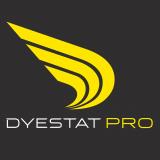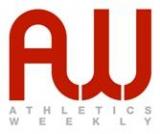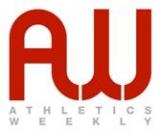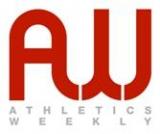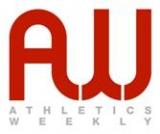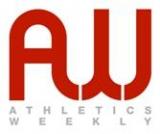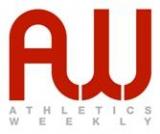Folders |
Power exercisesPublished by
Commonwealth hammer bronze medallist Mark Dry gives you five of his favourite power exercisesAlthough the following five exercises are applicable mainly to the throws, jumps and sprint events, hopefully common sense will prevail in which exercises best suit a specific discipline. It s obvious, for example, that 99% of high jumpers won t require a 200kg bench press or want to carry too much bulk! The following are just snippets of an infinitely wider range of exercises, but they are some of the basics that I ve found are very useful over the years. It s very important to know your limits and it s also vital to listen to your body. Developing strength and power requires you to put your body under a lot of stress and through some extremely high-force situations. If your body is not primed, it is very dangerous and it will reward you with a very short or injury-filled career. It is essential for younger athletes or athletes with less experience in the weight room to start light and get a feel for the exercises and how your body best copes with stances and grips. Most strength work stereotypically would be done at the start of the winter, tapering off in volume and into power by the spring season in April and/or May. However, I don t believe in leaving power work out of a programme completely until those spring months and there are endless programmes and thoughts on when you should do certain things. However, this is just a basic overview providing you are not competing indoors. So go tear it up, guys and gals, go get strong and powerful and I ll see you all next year with a load of new PBs! Smith bench throwsIf you have access to a Smith machine, it is not only excellent for power development, but also great fun too! With a bungee or tie, you will need to tie back the Smith hook and usually grab a spotter to help you to get under the bar. Get set with your chest under the bar, just like a bench press, and set your body up as preferred wide grip, narrow grip, feet on bench or floor. Start pressing and releasing the bar very close to your hands and gradually increase the height as you get comfortable with the movement and then drive and throw the bar for maximum speed. Catch and repeat.
Leg press drivesThis is much like the Smith bench throws, but for the legs. As with all of these exercises, they are simple yet effective, and once you are comfortable with the technique, it s more important how you execute the lift. If you complete training in a slow and lethargic manner, you will be slow and lethargic also. If you execute these exercises safely and in a powerful manner, you will develop power and strength much more effectively. Release the load and lower until your legs are fully retracted and ready to drive, then fully extend and drive your legs to throw the slide up as hard as you can and catch with slightly bent legs. It is very important not to catch straight-legged as this may cause knee hyperextension issues.
Barbell plyo jumpsThis is very simple, yet very effective. Grab a barbell with an easy weight and secure it as if you were performing a back squat. It is important you pull down firmly to keep the bar tight on your trapezius and not have the bar leave your back and then land. On a plyo mat I always go in socks, but on a harder surface I would wear well cushioned trainers. The legs remain straight throughout the exercise. Flex up on the balls of your feet and keep time on the ground as little as possible. I find this exercise nice and easy to fit in without frying the central nervous system as a grim deadlift or front squat session might.
Front squatUnrack the bar as if you had just caught a clean, trying to keep your elbows high and driving the bar back against your throat so that the bar is secure and not too uncomfortable. Leg width and foot angle are debatable, but find a way to squat that is comfortable and makes you feel in line with the bar s energy and with no forces working against your knees and ankles. Injury-prevention is paramount with big lifts like these, so don t jump in at the deep end and always build up and get comfortable. In a controlled manner, lower yourself with the bar through your heels, keeping tight and locked in to your mid-section, back and arms for stability throughout the lift to the point just before where your lower back would lose shape (bend). This change of direction with the bar is very tough and driving out of this while maintaining safe form requires you to really fire off everything. See the photographs displaying how and how not to do this exercise.
DeadliftAddress the bar, mainly for comfort with the feet not too narrow or wide and the same for the arms. For the grip, many prefer an alternate grip (as shown) with one hand facing in either direction, but a normal overhand is fine too. Think about lifting the bar with every muscle in your body, squeeze the bar tight and lift with your stomach, legs, back, glutes, teeth often people deactivate certain muscle groups and lose form easily. Drive with a flat back (as shown) and not like a scared cat (also shown), keeping the bar close to the legs until you are upright with your hips through. This lift is often branded as slow, but as the weight creeps up you need to be applying 100% power output to move it so the bar may not be moving fast, but the power output is!
Mark Dry is a GB hammer thrower with a lifetime best of 74.82m who won a bronze medal representing Scotland at this year s Commonwealth Games in Glasgow The post Power exercises appeared first on Athletics Weekly. Read the full article at: www.athleticsweekly.com
More news |
